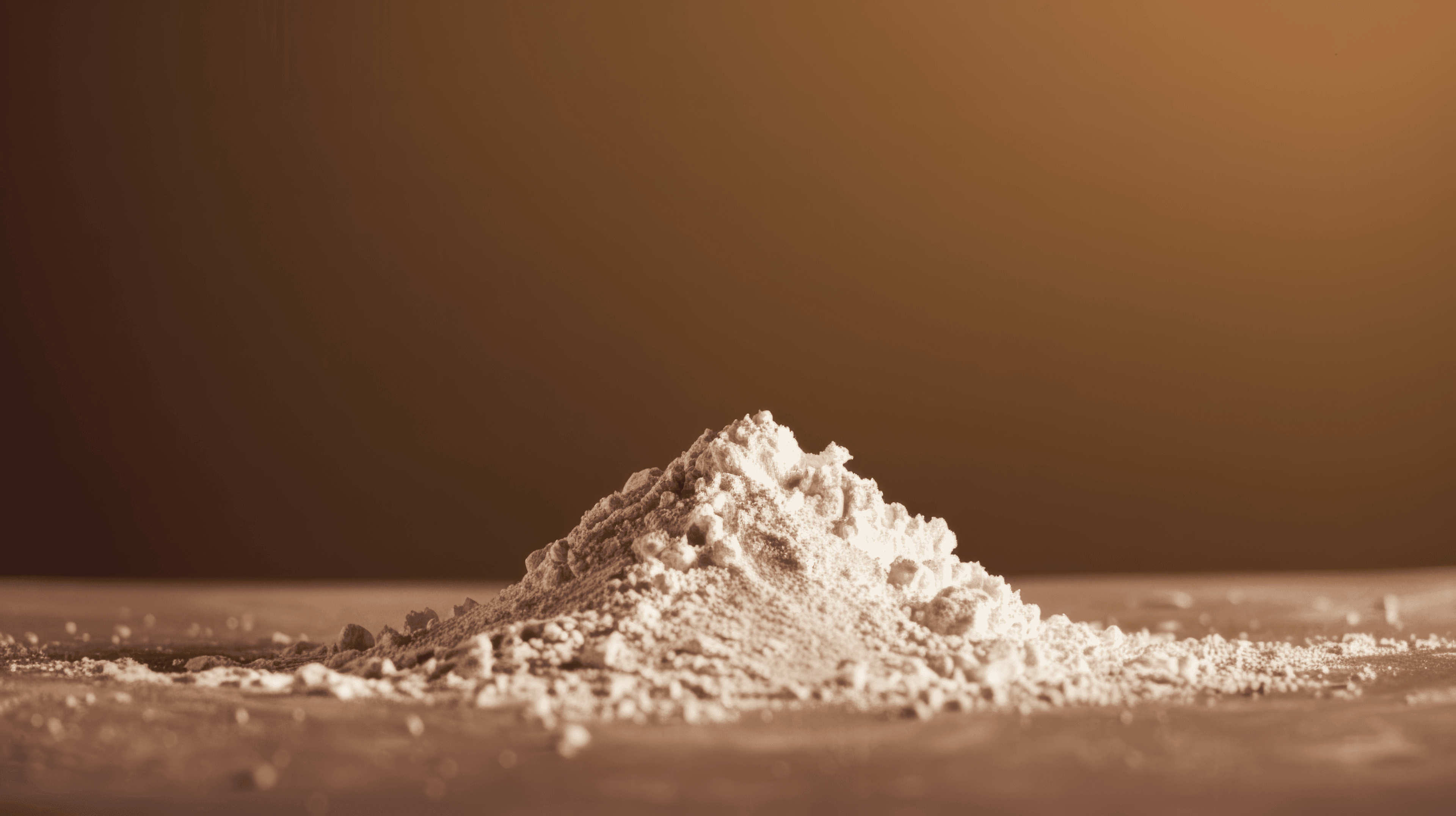How UV radiation damages skin – deep dive
Troels Marstrand, Ph.D.
March 21, 2024


It is well-known that the largest contributor to accelerated skin aging is excessive exposure to UV-radiation, and that the effects of UV radiation are multiple and complex. Below we dive into a series of select publications and their findings to summarize the effects of UV radiation. This should by no means be viewed as an exhaustive list of effects, and biological processes.
1. DNA Damage:
UVB radiation is directly absorbed by DNA, causing chemical changes to the nucleotide bases. The most common type of DNA lesions are cyclobutane pyrimidine dimers (CPDs), where two adjacent pyrimidine bases (thymine or cytosine) become covalently linked. This distorts the DNA structure, interfering with DNA replication and transcription. If not repaired by the nucleotide excision repair pathway, these mutations can lead to skin cancers like squamous cell carcinoma and basal cell carcinoma.
UVA, while less energetic than UVB, penetrates deeper into the skin and indirectly damages DNA through the generation of reactive oxygen species (ROS). These free radicals, like hydrogen peroxide and superoxide anion, oxidize guanine bases to form 8-oxo-7,8-dihydroguanine (8-oxoG). 8-oxoG can pair with adenine instead of cytosine during DNA replication, leading to G-to-T transversion mutations. Accumulation of these signature "UVA fingerprint mutations" contributes to skin cancer development.
2. Collagen Breakdown:
UVA penetrates into the dermis and stimulates fibroblasts to upregulate the expression of matrix metalloproteinases (MMPs), a family of zinc-dependent endopeptidases. MMPs, particularly MMP-1 (collagenase), MMP-3 (stromelysin), and MMP-9 (gelatinase), degrade collagen fibers. Collagen is the main structural protein in the skin's extracellular matrix, providing strength and support.
UV exposure also impairs collagen synthesis by fibroblasts through downregulation of transforming growth factor-beta (TGF-β) signaling. TGF-β normally stimulates collagen production, but UV decreases expression of TGF-β receptors on fibroblasts, making them less responsive to this signal. The combined effect of increased collagen degradation and decreased collagen synthesis leads to the wrinkles and sagging characteristic of photoaged skin.
3. Oxidative Stress:
Both UVA and UVB radiation generate ROS in skin cells through interaction with photosensitizers like riboflavin, porphyrins, and quinones. Upon absorbing UV energy, these molecules transfer electrons to oxygen, creating superoxide anion. Superoxide is then converted to hydrogen peroxide by superoxide dismutase enzymes.
ROS damage cellular macromolecules through oxidation reactions:
Lipid peroxidation: ROS attack polyunsaturated fatty acids in cell membranes, setting off a chain reaction that disrupts membrane structure and function.
Protein oxidation: Oxidation of amino acid side chains (especially cysteine and methionine) alters protein structure and leads to formation of protein carbonyl derivatives.
DNA oxidation: As mentioned earlier, oxidation of guanine bases creates mutagenic lesions.
Oxidative damage accumulates over time and overwhelms the skin's antioxidant defenses, contributing to the aging process.
4. Inflammation:
UV radiation activates several inflammatory pathways in keratinocytes and fibroblasts:
- AP-1 pathway: UVB activates c-Jun N-terminal kinase (JNK) and p38 mitogen-activated protein kinase (MAPK), which phosphorylate and activate transcription factors c-Jun and c-Fos. These form the activator protein-1 (AP-1) complex, which upregulates expression of MMPs and inflammatory cytokines like interleukin-6 (IL-6).
- NF-κB pathway: UV activates IκB kinase (IKK), which phosphorylates and degrades IκB, an inhibitor of NF-κB. This allows NF-κB to translocate to the nucleus and turn on expression of pro-inflammatory genes like IL-1, IL-6, and TNF-α.
These cytokines recruit inflammatory cells to the skin, amplifying the inflammatory response. Chronic inflammation activates more MMPs, further breaking down collagen. It also stimulates keratinocytes to release elastase, an enzyme that degrades elastic fibers. This leads to accumulation of abnormal elastin clumps in the dermis, a hallmark of solar elastosis.
5. Pigmentation:
Melanocytes in the epidermis produce melanin, the pigment that gives skin its color and protects against UV damage. Melanin synthesis is stimulated by DNA damage in keratinocytes, which release α-melanocyte stimulating hormone (α-MSH) in response to UV exposure. α-MSH binds to the melanocortin 1 receptor (MC1R) on melanocytes, activating the cAMP pathway and upregulating expression of enzymes involved in melanin synthesis, like tyrosinase.
Melanocytes transfer melanin to nearby keratinocytes via melanosomes, forming a protective cap over the keratinocyte nucleus. However, chronic UV exposure can cause melanocytes to produce excess melanin in an uneven distribution, leading to hyperpigmentation disorders like age spots (lentigines) and melasma.
UV also induces proliferation of melanocytes, leading to the development of melanocytic nevi (moles). While most nevi are benign, atypical nevi with irregular borders and color can be precursors to melanoma, the deadliest form of skin cancer.
UV-radiation and senescence
UV radiation, especially UVB, is a potent inducer of cellular senescence in the skin. Senescent cells are cells that no longer grow, and cannot be killed / removed and excrete a series of pro-inflammatory mediators contributing to low chronic inflammation.
When DNA is damaged it triggers the DNA damage response pathway and increases expression of p53 and p21 which in turn initiate senescent growth arrest. Hence chronic UV exposure leads to an accumulation of senescent cells in both the epidermis and dermis of photoaged skin.Once formed, senescent cells can amplify the damaging effects of UV radiation on the skin.
Senescent cells develop a pro-inflammatory secretome, the SASP, which includes various cytokines, chemokines, and critically, matrix-degrading enzymes like MMPs. The SASP creates a tissue microenvironment that promotes further damage and dysfunction. MMPs secreted by senescent cells break down collagen and elastin in the extracellular matrix, leading to the formation of deep wrinkles and loss of skin elasticity - hallmarks of photoaging. Moreover, the SASP of senescent cells can induce paracrine senescence in neighboring cells, spreading the senescent phenotype and amplifying the damaging effects of UV over a larger area. This "bystander effect" may be one mechanism by which a relatively low number of senescent cells induced by UV can cause widespread tissue dysfunction over time.
Furthermore, as senescent cells accumulate with each exposure to UV radiation, they likely diminish the skin's capacity to respond to further UV-induced damage. Senescent cells are resistant to apoptosis and persist in tissues. The chronic low-grade inflammation induced by their SASP can impair the skin's regenerative capacity and its ability to repair UV-induced damage. Thus, senescent cells may act as both a consequence and cause of photoaging, amplifying and spreading the effects of UV radiation on skin integrity and appearance.
References
Wang, Audrey S., and Oliver Dreesen. "Biomarkers of cellular senescence and skin aging." Frontiers in genetics 9 (2018): 389916.
Gruber, Florian, et al. "Cell aging and cellular senescence in skin aging—Recent advances in fibroblast and keratinocyte biology." Experimental gerontology 130 (2020): 110780.
Thieden, Elisabeth, et al. "Proportion of lifetime UV dose received by children, teenagers and adults based on time-stamped personal dosimetry." Journal of Investigative Dermatology 123.6 (2004): 1147-1150.
Green, Adèle C., Sarah C. Wallingford, and Penelope McBride. "Childhood exposure to ultraviolet radiation and harmful skin effects: epidemiological evidence." Progress in biophysics and molecular biology 107.3 (2011): 349-355.
Volkmer, Beate, and Rüdiger Greinert. "UV and children's skin." Progress in biophysics and molecular biology 107.3 (2011): 386-388.
Burke, Karen E. "Mechanisms of aging and development—A new understanding of environmental damage to the skin and prevention with topical antioxidants." Mechanisms of ageing and development 172 (2018): 123-130.
Cavinato, Maria, and Pidder Jansen-Dürr. "Molecular mechanisms of UVB-induced senescence of dermal fibroblasts and its relevance for photoaging of the human skin." Experimental gerontology 94 (2017): 78-82.
Read next


